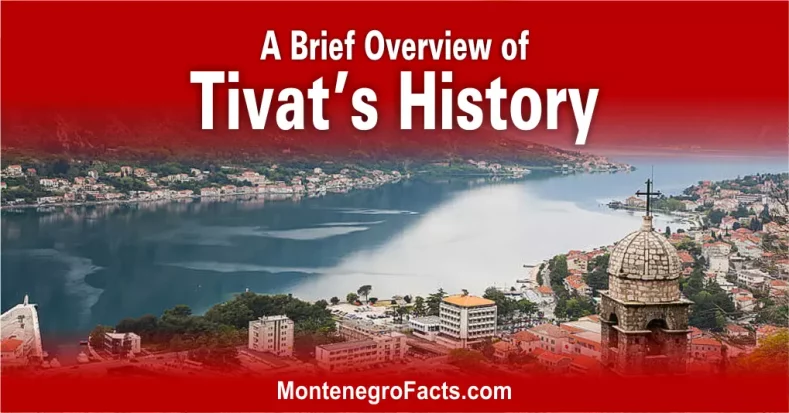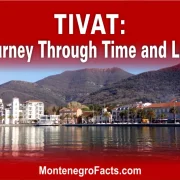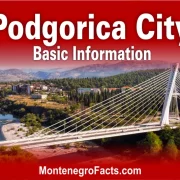Tivat: A Gem in Europe’s Heart
Tivat is a gem in the heart of Europe. Let’s take a brief look at the history of Tivat, from ancient origins to modern splendor. Tivat, situated at the pinnacle of the expansive Bay of Boka Kotorska, stands apart among the towns of the region due to its spacious layout. The Tivat plain gradually slopes into the Grbalj valley to the southeast. The population of this community does not exceed 15,000 individuals.
Tivat’s History
Becoming an airport on the Montenegrin coastline in 1954, Tivat achieved another milestone in 2015 with the introduction of its first bus stop. Prior to that, it was the sole city boasting an airport and marina but lacked a public bus stop. Within Tivat Bay, three distinct islands reside – Stradioti (St. Marko), Our Lady of Mercy, and Flower Island (Ostrvo Cvijeća).
The Name of Tivat
Three theories surround the origin of Tivat’s name. The first posits that “Tivat” derives from the Illyrian queen Teuta, who had her royal capital in Risan and possibly a summer residence in the present-day Tivat area. The second suggests a connection to Christian saints such as Theodorus, Theodosius, Theodotus, Thaddeus, or the medieval figure Theudo, Teodo. The third proposition is succinct – the name originates from the Celtic term “touto,” meaning town.
Historical Overview
Archaeological sites suggest that the territory was populated already in Antiquity. In the Middle Ages it served as a summer residence for Kotor nobility.
The history of Boka Bay can be divided into four main periods: Illyrian, Roman-Byzantine; Serbian-Venetian (largely Turkish), and Venetian-Turkish-Austrian. The coast of Tivat Bay was mildewed by the archaeological remembrances and conserved structures connecting back to those times.
Illyrians and Romans
The city of TIVAT was founded at the end of the Illyrian period in 168-169 B.C. Although few archaeological findings validate this era, its significance lies in coinciding with the fall of the Illyrian state. Tivat in Roman era prospered much more compared to the previous Illyrian period.
Serbian Dynasty of Nemanjić
Until 1370 Tivat belonged to the medieval state under Nemanjic rule, untilanded it fell for good into Ottoman hands in just one battle on 1370 November 15. During this time, the shores of Tivat Bay became notable for spiritual values. In that period, a Serbian church was founded by St. Sava in the 14th century and additionally, on Prevlaka Island there stood a monastery of Archangel Michael which is considered to be one of Muscovite Russia’s few monasteries abroad.
Venetian Republic and Ottoman Empire
After 1420, the Boka Kotorska shoreline and towns were ruled by Venice. It was then that the Venetians took over The Lustica peninsula and Island of Prevlaka. During the Venetian period, from then till near the end of XIIIth C. conflicts with Turks were uneveitable throughout this era!
Boka Kotorska – At the end of year 1797, with fall of Venetian Republic Boka’s history got an important turning point. Other foreign influences came to Tivat and its vicinity after the Austrians took over power in that area, so they ruled until 1918.
World Wars and the Formation of Yugoslavia
Tivat, like the other towns in Boka Kotorska and Montenegro was part of Kingdom Yugoslavia after World War I (initially known as the Kingdom of Serbs, Croats and Slovenians). It was occupied by the Nazis in 1941 and liberated as late as 1944. During the time of SFR Yugoslavia, after 1945, Tivat turned into a more important tourist city – a main center which comprises a tourism program in that part.
Today
Today, Tivat is one of the gems in Europe’s crown and a spectacular tourist oasis on stunning shores filled with wondrous beaches. A place to definitely go for visitors looking for history and modernism rolled into one. ■
+—–




